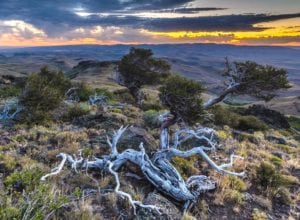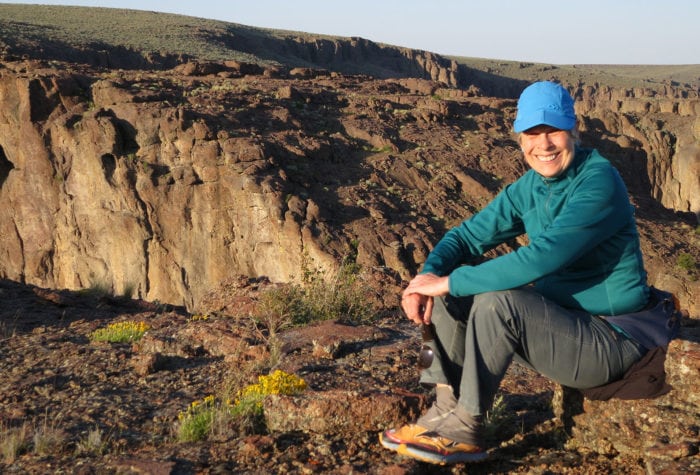The Wilderness Act of 1964
Greg Burke Website
The Wilderness Act of 1964
With the 1964 passage of the Wilderness Act, Congress gave the American people a powerful tool to ensure that the most special places within our public lands system would remain in their undeveloped, natural condition for future generations to experience.
The purpose of the Wilderness Act is stated in its very first line: “To establish a National Wilderness Preservation System for the permanent good of the whole people.”
According to the Wilderness Act, wilderness is:
“…an area where the earth and its community of life are untrammeled by man,
where man himself is a visitor who does not remain.”
An area of wilderness is further defined as “an area of undeveloped federal land retaining its primeval character and influence, without permanent improvements or human habitation, which is protected and managed so as to preserve its natural conditions .”
 Wilderness must have the following characteristics:
Wilderness must have the following characteristics:
- generally appears to have been affected primarily by the forces of nature, with the imprint of man’s work substantially unnoticeable
- has outstanding opportunities for solitude or a primitive and unconfined type of recreation
- has at least five thousand acres of land or is of sufficient size as to make practicable its preservation and use in an unimpaired condition
- may also contain ecological, geological, or other features of scientific, educational, scenic, or historical value.

